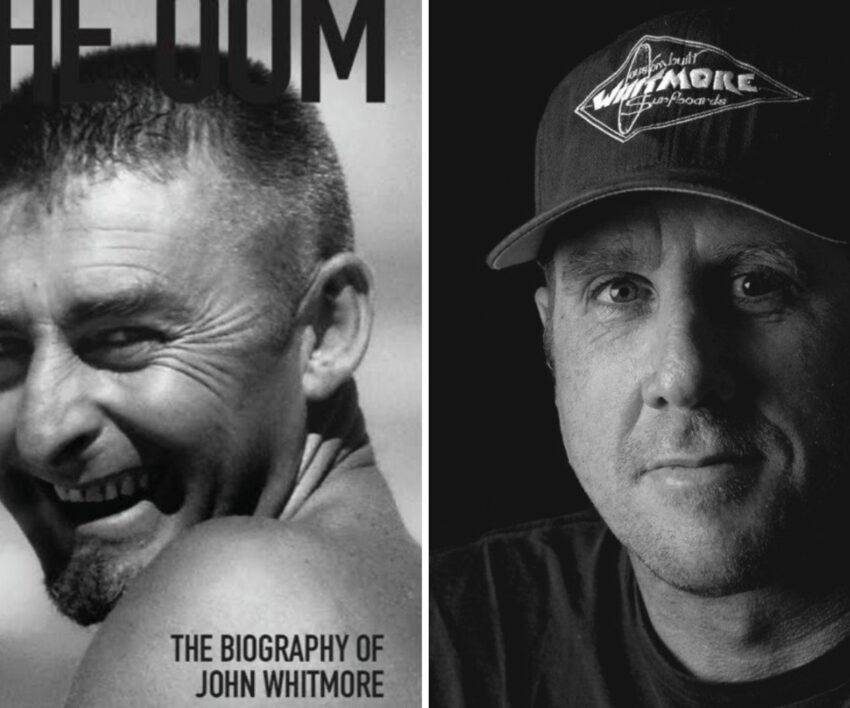
John Whitmore: The Man Who Shaped South African Surfing
For generations of South African surfers, John Whitmore is more than a name—he’s a legend. Now, his life and contributions to the sport are immortalised in The Oom, a biography by Miles Masterson, offering an intimate look at the man who discovered iconic waves, introduced modern surfboards, and inspired a nation of surfers.
Discovering Waves and Building a Culture
Whitmore’s influence stretches from Elands Bay to Jeffreys Bay, and Bruce’s Beauties in St Francis. He didn’t just ride waves—he created the infrastructure for surfing in South Africa. Introducing Hobie Cats and modern surfboards in the 1960s, he laid the foundations for a thriving surf culture.
Masterson, who grew up surfing on the Atlantic Seaboard, recalls, “We listened to his surf report on Good Hope FM before school. John Whitmore was like a god to us grommets. The older surfers passed down stories of his achievements like folklore.”
Whitmore’s reach extended internationally, connecting with California’s Dana Point Mafia and inspiring Bruce Brown’s iconic The Endless Summer. His discoveries helped put South Africa on the global surf map, drawing enthusiasts from around the world.
A Life of Adventure and Achievement
Whitmore’s life was far from one-dimensional. Beyond surfing, he was a businessman, administrator, painter, carpenter, sculptor, knife maker, and family man. He helped found six water sports in South Africa, from skin diving to Hobie Cat sailing, and navigated the challenges of apartheid-era sports to establish multiracial Surfing South Africa in 1994.
“He made the first modern surfboards in South Africa in the 1960s,” Masterson explains. “His attention to detail still influences shapers today. He founded Springbok Surfing and laid the groundwork for world-class surfers like Michael February.”
Preserving History Through Biography
The idea for the book originated in 2008, when Masterson was commissioned for a feature on Whitmore. Over a decade later, The Oom emerged as a self-published tribute, compiling interviews with over 120 people, including Whitmore’s family, peers, and water sports pioneers.
Masterson says, “Several of the people I interviewed have passed away, but their stories are preserved. Documenting John’s history was essential, not just for surfers, but for anyone interested in South African history and adventure.”
The research involved sifting through scrapbooks, archives, and conflicting accounts to build a coherent narrative, while reconnecting old friends and collaborators.
Legacy and Inspiration
Whitmore’s ethos was simple: “Life is for living. Do not hold back, explore, and live your dreams. What you put in is what you get out.” His story offers lessons in perseverance, creativity, and community building—values that resonate far beyond the surf.
The Oom isn’t just a biography; it’s a celebration of South African surfing, a chronicle of a culture, and a guidepost for young surfers and enthusiasts of all backgrounds.
Masterson hopes future biographies will highlight other pioneers like Max Wetteland, Ahmed Collier, Shaun Tomson, and Jordy Smith. For now, though, John Whitmore finally has the book he deserves—a testament to a life lived fully, on and off the waves.
Source: IOL
Featured Image: Good Things Guy




